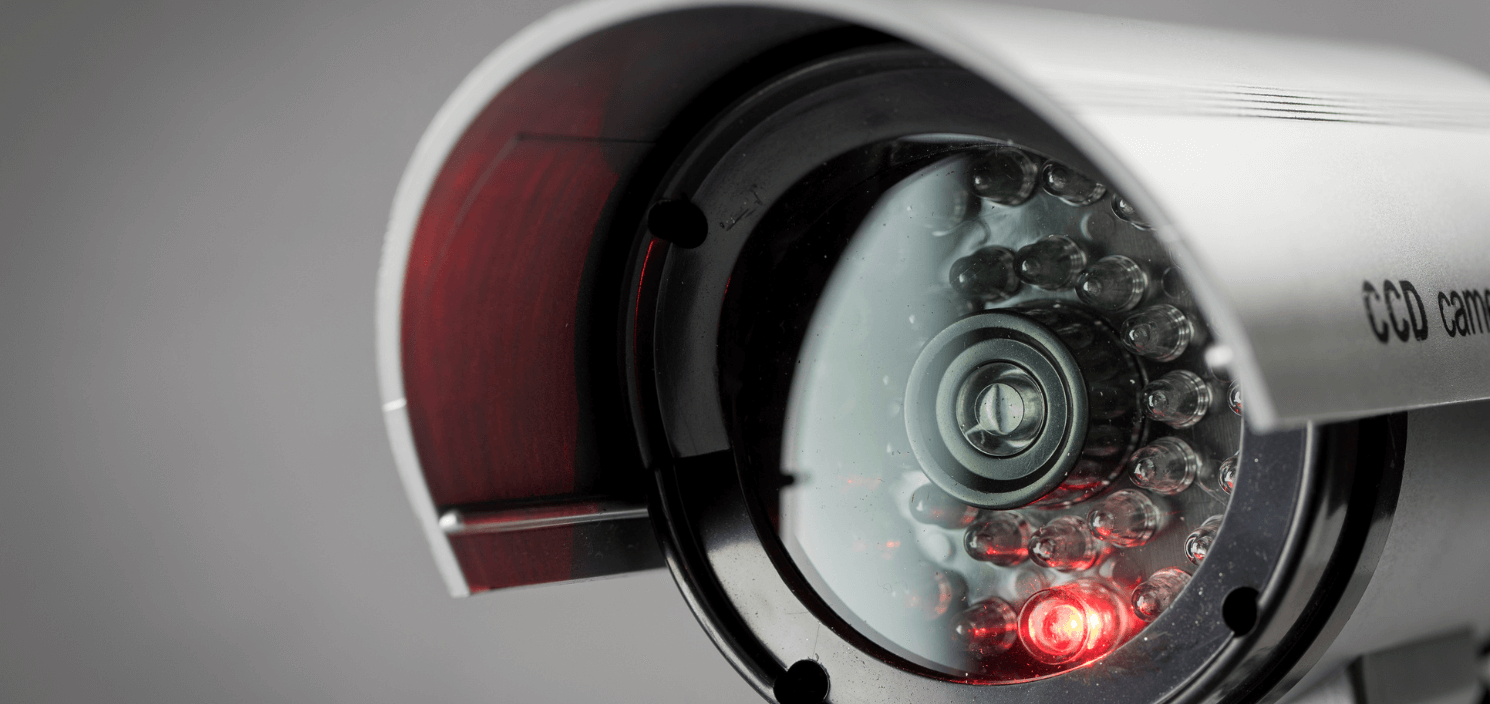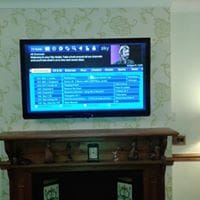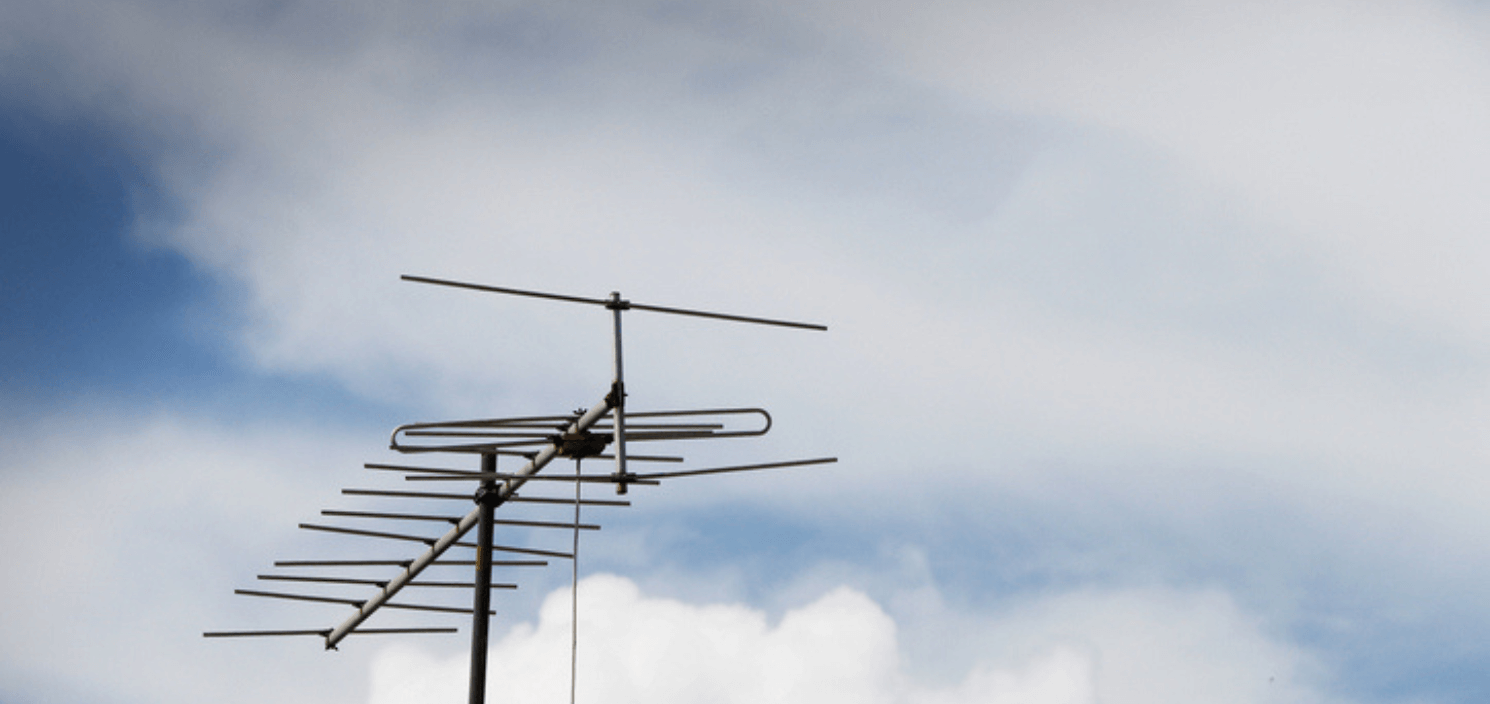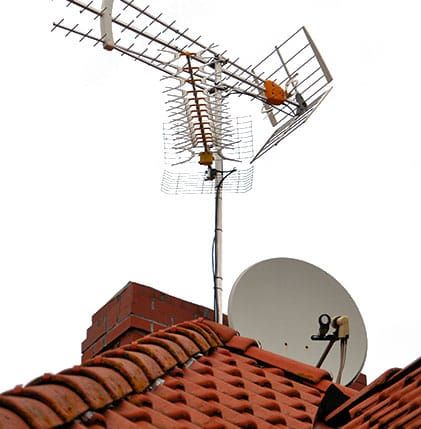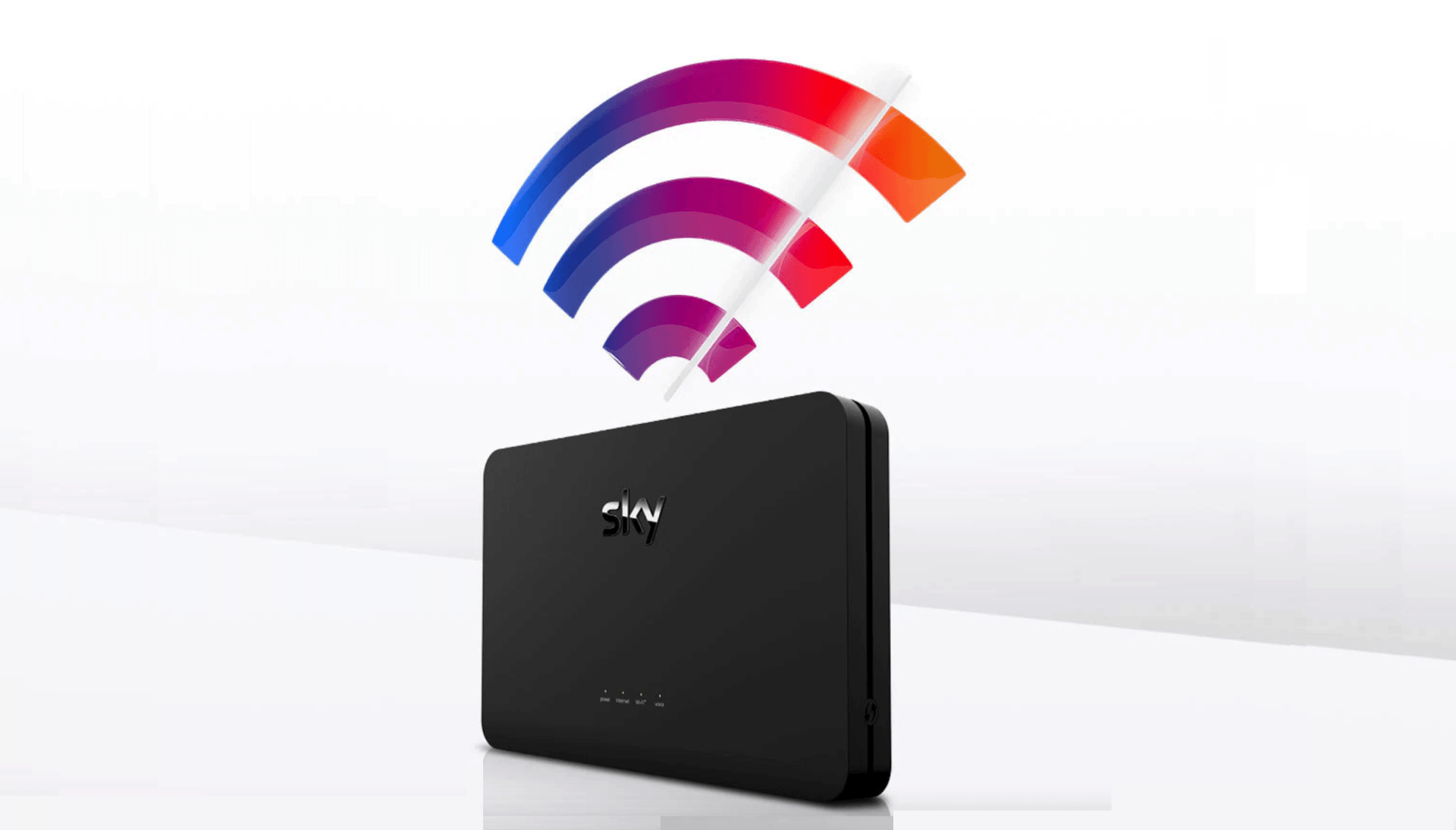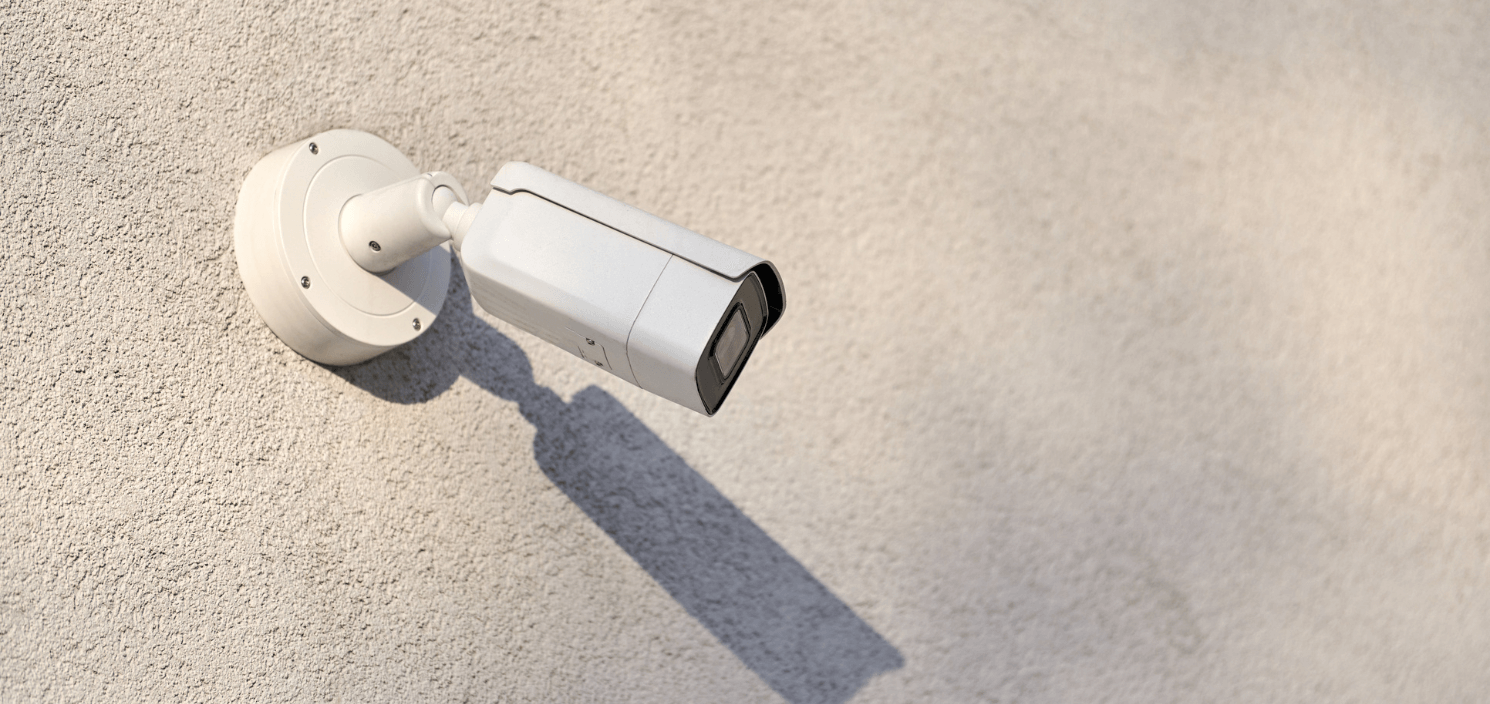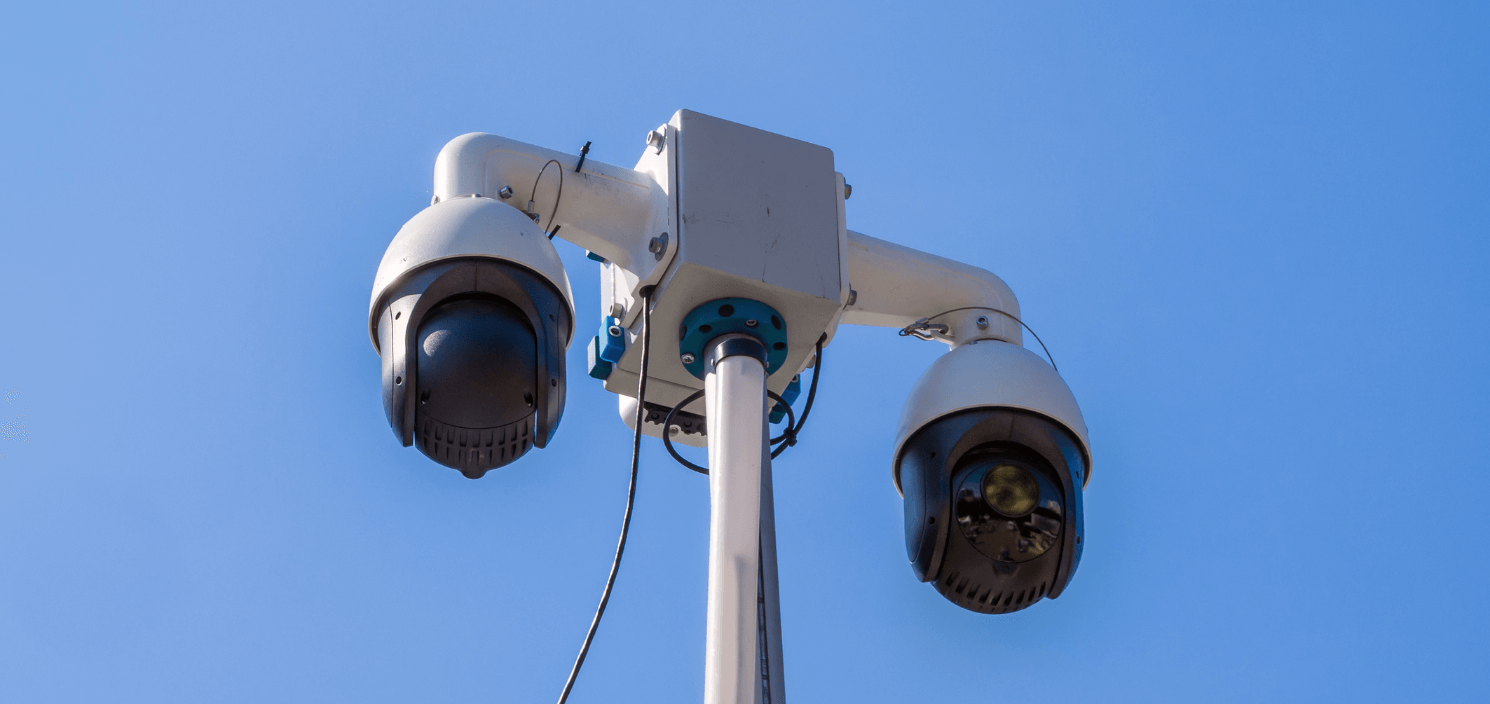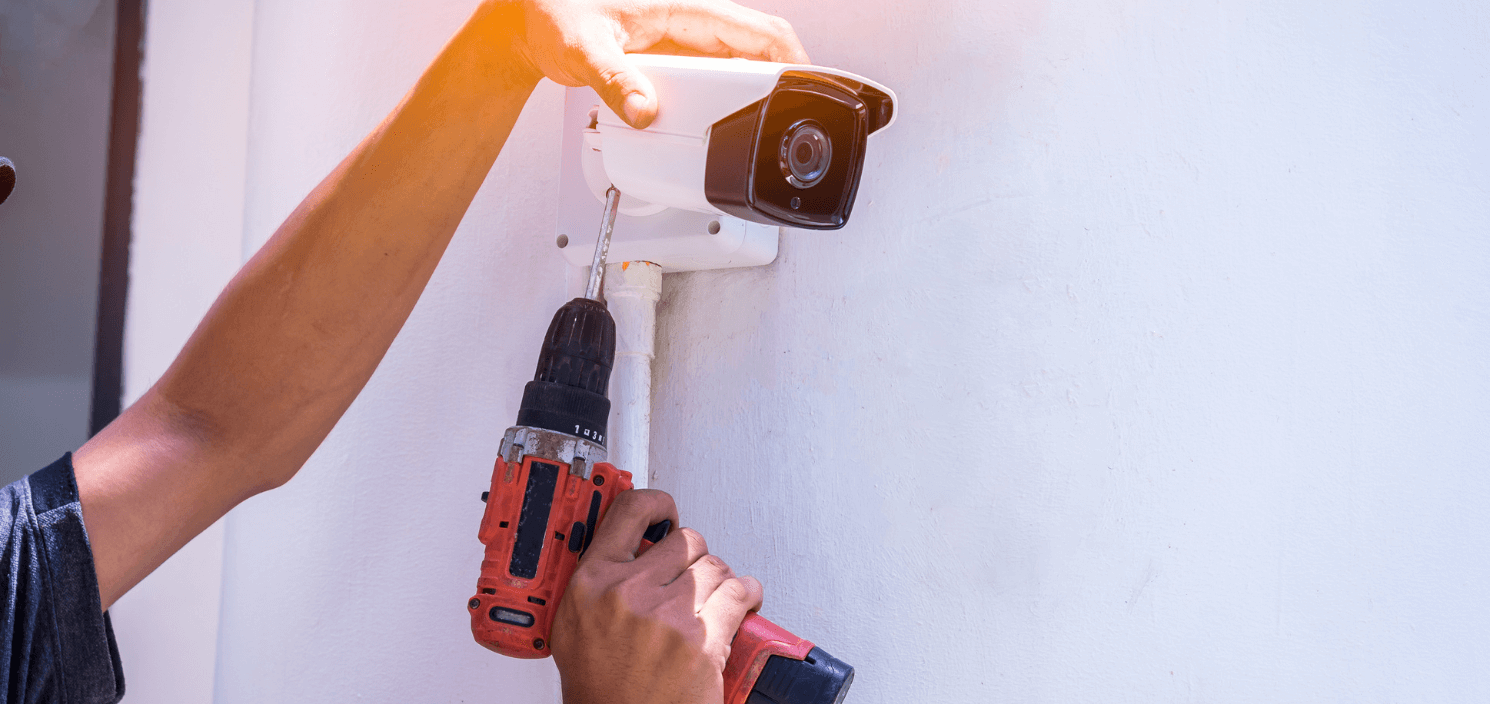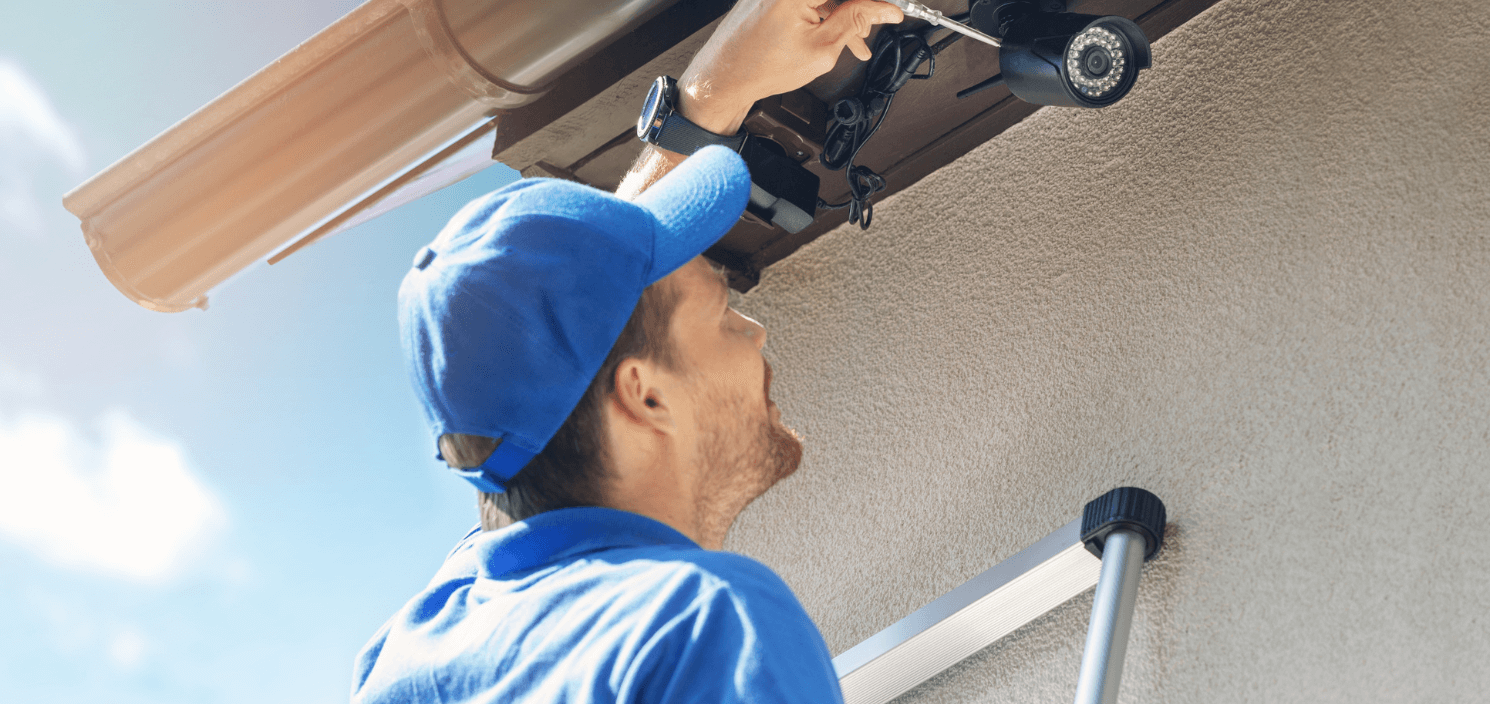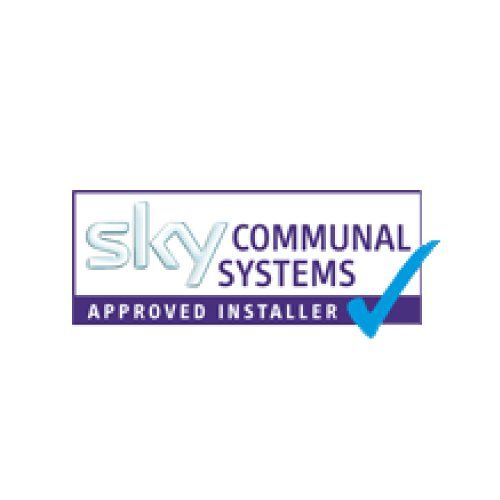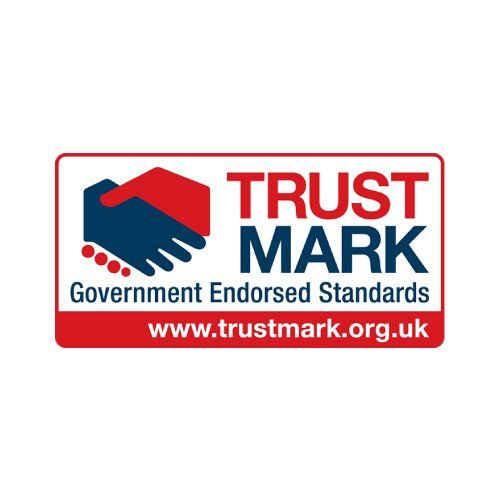Want Your TV On the Wall with No Visible Wires? Here’s How to Do It Properly
A wall-mounted TV can make your living room look sleek, modern, and uncluttered. But that only works if you hide the cables properly. No one wants a nest of wires dangling beneath the screen. Getting your TV on wall neatly and safely takes planning, the right tools, and a little know-how.
If you want a clean, professional finish, here’s how to do it right. You’ve seen it before. A sleek wall-mounted TV with a mess of cables underneath can ruin the look. But with a little planning and the right approach, it’s easy to avoid that and get your TV on wall looking exactly how you imagined.
Start With the Right Bracket
There’s more to it than just buying a bracket online. You’ll need one that suits your TV size and weight and offers the right viewing angle. Some brackets are fixed; others tilt or swivel. Choose one that suits your room layout and seating position.
Always check the VESA mounting size on your TV and match it with a compatible bracket. If the bracket doesn’t align properly, your screen could tilt, strain the mount, or even come loose.
Think About Cable Routing Early
Hiding wires is easiest when planned from the start. Before you drill, think about where your sockets are, how many cables need hiding, and whether you’ll need extra power outlets.
There are two main options:
- In-wall cable routing: Ideal for a truly seamless look. Cables are fed through the wall cavity and pop out at the base or behind furniture. This works best on stud walls.
- Surface trunking: A tidy and affordable solution. White or paintable trunking runs along the wall and hides the wires. It’s visible up close but still far neater than exposed cables.
Consider Your Wall Type
Before you begin, it’s important to understand the structure behind your walls. Solid brick walls can usually support a mounted TV with appropriate anchors, but older properties might have render or uneven surfaces that complicate the process. In contrast, stud walls need more planning. If you’re not fixing directly into studs, additional timber or a mounting panel may be needed to support the weight of the TV and bracket. Cable routing is also easier with stud walls, as there’s often a cavity behind the plasterboard to work with. These structural differences will affect not only safety, but also how clean and seamless your final result looks.
Mounting a TV on a brick wall is very different from fitting one on plasterboard. You’ll need appropriate fixings, and in some cases, extra support.
For plasterboard, it’s best to mount into studs or install a backing board. Don’t rely on plasterboard plugs alone. Your TV is too heavy for that.
Don’t Forget Devices and Power
It’s not just about the TV. Think about where you’ll place your soundbar, set-top box, games console, or streaming stick. These all need cable access and power.
To keep things clean:
- Use HDMI extenders if your devices are far from the TV
- Install power sockets behind the TV if possible
- Plan for smart remotes or wireless control to reduce clutter
Why Professional Help Makes a Difference
A professional installer brings more than just tools to the job. They bring the experience of having handled dozens of unique room layouts, wall types, and equipment setups. They know how to route cables through awkward spaces, spot problems early, and recommend solutions tailored to your needs. Plus, they can supply certified materials and fixings to meet safety standards, giving you long-term peace of mind.
DIY is tempting. But it can quickly go wrong if you hit a stud, drill the wrong hole, or end up with visible cables. A professional installer will assess your wall, supply the right fixings, hide the wires, and mount your TV on wall securely.
At Cube Communications, we offer full TV wall mounting services across Yorkshire. That includes:
- Recommending the best mounting bracket
- Concealing cables inside walls or using neat trunking
- Installing extra power outlets if needed
- Making sure your setup is safe, level, and built to last
It’s Not Only About How It Looks. It’s Also About How It Works
A floating TV looks great, but function matters too. You want comfortable viewing angles, easy device access, and no risk of damage.
Getting your TV on wall the right way means planning not just for today, but for how you’ll use it in the future.
FAQs About Mounting Your TV On the Wall
Can I mount a TV on a brick wall and still hide the wires?
Yes. It’s possible to chase cables into brickwork or use low-profile trunking that blends in. A professional can advise on the cleanest option for your wall type.
How do I know which bracket I need?
You’ll need to match your TV’s size, weight, and VESA mounting pattern to the bracket. If you’re not sure, Cube Communications can recommend one that fits perfectly.
Is it safe to mount a TV above a fireplace?
It depends on the heat output and available wall space. While it’s common in some homes, it’s not always the best choice for viewing angles or cable access. We can assess the setup before installation.
Ready For a Cleaner, Smarter Setup?
Mounting your TV properly transforms your space. Done wrong, it’s frustrating and messy. Done right, it’s seamless, safe, and future proof.
Book your TV wall mounting with Cube Communications and let us help you get the look you want, with none of the wires you don’t. Our team works across Yorkshire to make wall-mounted TVs simple, safe, and stunning. This applies to your main living room, a snug, or a home cinema. So, if you’re ready to get your TV on wall professionally installed, we’re here to help.
